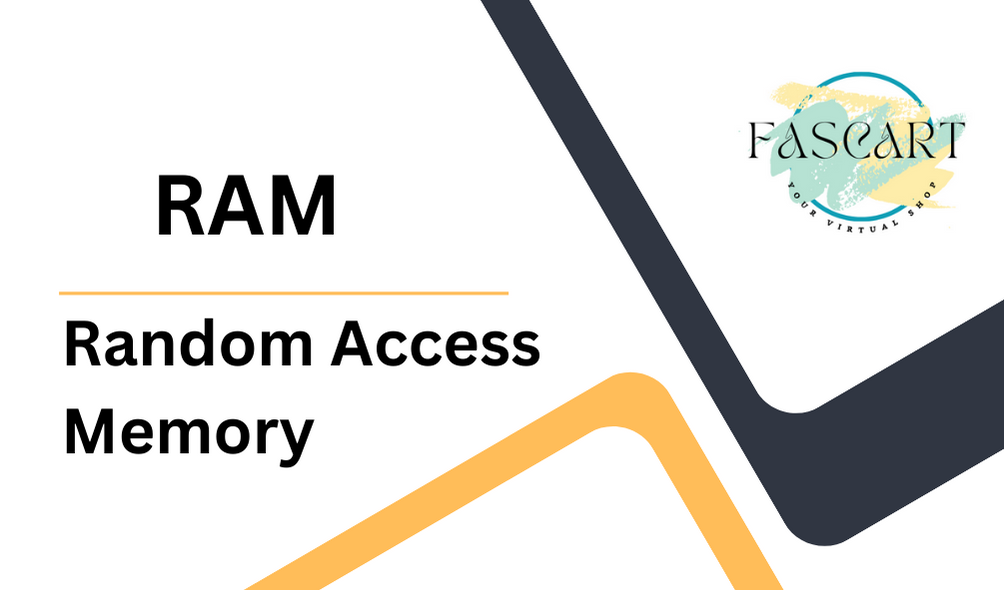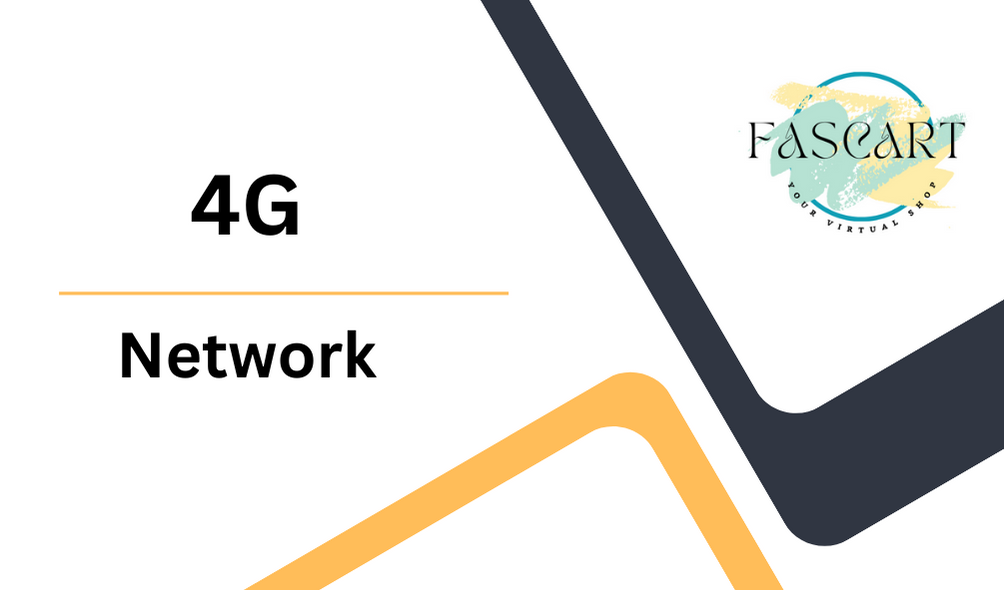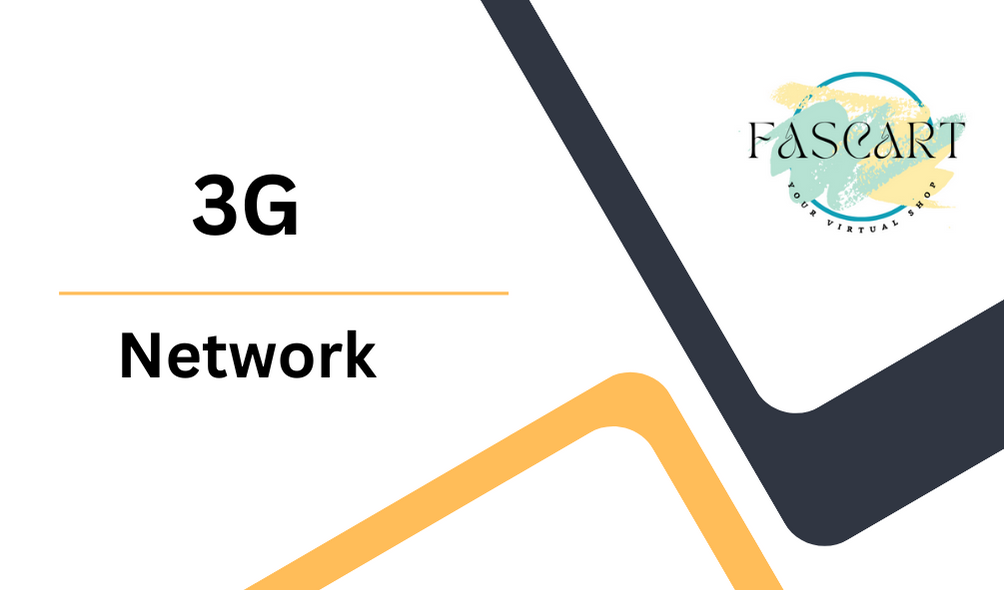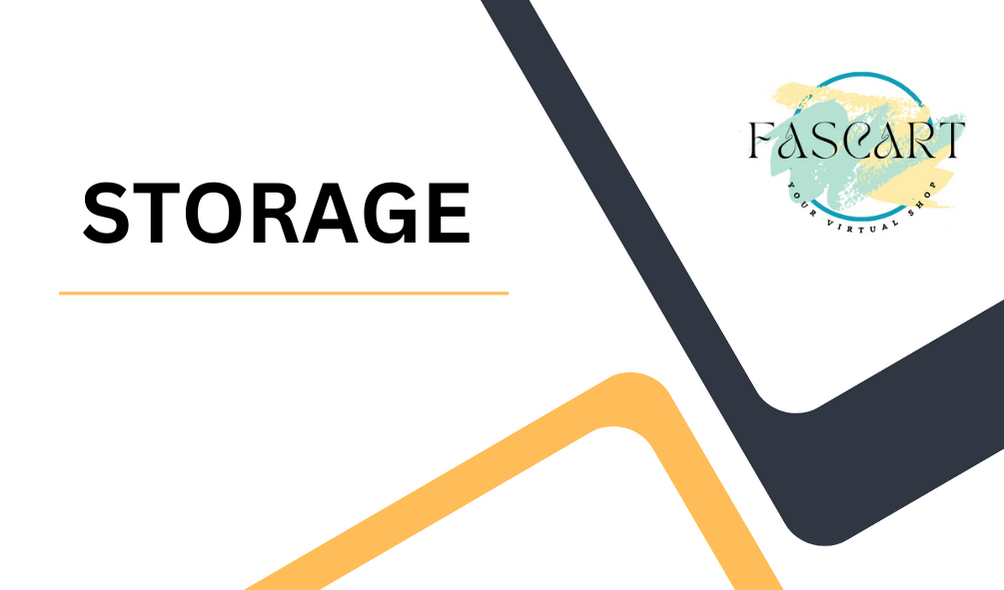RAM, or Random Access Memory, is a type of computer memory that is used to store data that is actively being used or processed by a computer system. Unlike storage devices (such as hard drives or SSDs), RAM is volatile memory, meaning that its contents are lost when the power is turned off.
Here are some key characteristics of RAM:
Volatility-
RAM is volatile memory, which means that it loses its contents when the computer is powered down or restarted. This is in contrast to non-volatile storage devices like hard drives or SSDs, where data is retained even when the power is off.
Temporary Storage–
RAM is used to store data temporarily while the computer is running. This includes the operating system, application software, and data that the CPU is actively processing.
Fast Access–
RAM provides fast access to data, allowing the CPU to read and write information quickly. This is much faster than accessing data from storage devices, which have higher latency.
Direct Access–
The term “random access” in RAM refers to the ability to access any memory cell directly, without having to go through other cells. This is in contrast to sequential access memory, where data must be read in a specific order.
Capacity–
The amount of RAM in a computer is measured in gigabytes (GB) or terabytes (TB). Modern computers typically have RAM capacities ranging from 4GB to 64GB or more, depending on the intended use and specifications of the system.
DDR Types-
RAM comes in different generations, with DDR (Double Data Rate) being a common specification. For example, DDR4 is a newer and faster generation compared to DDR3. The specific DDR type is important for compatibility with the motherboard and overall system performance.
Multitasking–
Adequate RAM is essential for smooth multitasking. Running multiple applications simultaneously requires enough RAM to accommodate the data and processes associated with each application.
Upgradability–
In many cases, users can upgrade or add more RAM to their computers to improve performance, especially if they find that their system is slow when running demanding applications or multitasking.
It’s worth noting that while RAM is crucial for performance, it works in conjunction with other components, such as the CPU and storage, to deliver overall system functionality. The amount of RAM a system needs depends on the user’s computing needs and the types of applications they run.





